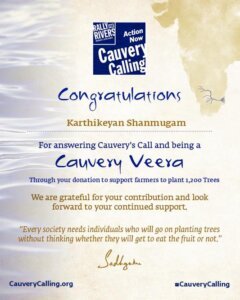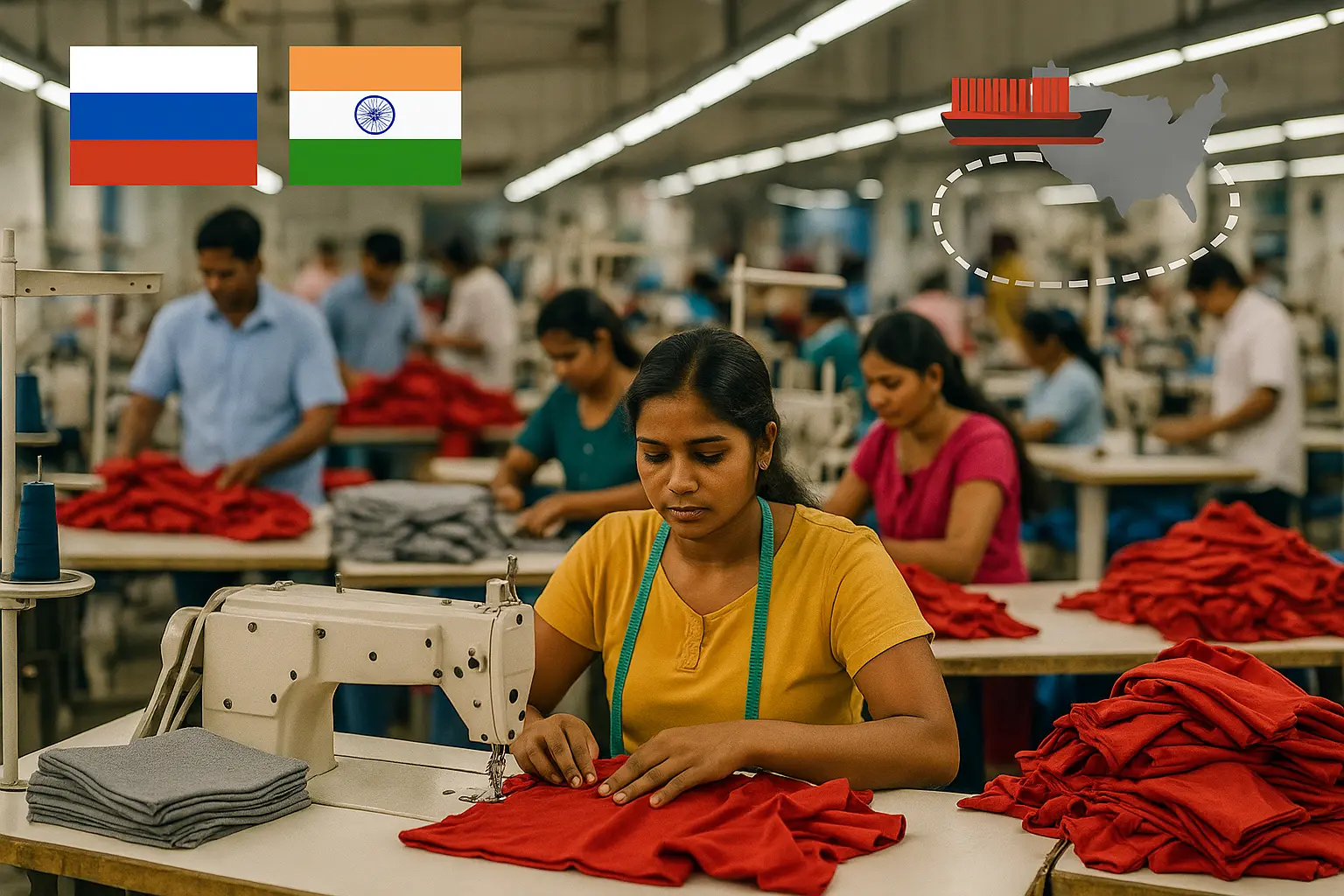12 Step Guide on How can clothing company be more sustainable: Practical Strategies
-
Use Sustainable Materials
-
Explore innovative fabrics: Beyond organic cotton and recycled polyester, adopt materials like Tencel (from wood pulp), Econyl (regenerated nylon), or Piñatex (pineapple fiber).
-
Prioritize certifications: Source materials certified by Global Organic Textile Standard (GOTS), Oeko-Tex, or Bluesign to ensure eco-friendly and ethical production.
-
Collaborate with suppliers: Work with mills to develop low-impact dyes, bio-based synthetics, or regenerative agriculture partnerships (e.g., cotton farms using carbon-capturing practices).
-
Design for longevity: Blend durable natural fibers with recycled synthetics to extend garment lifecycles.
-
-
Reduce Water Usage
-
Adopt waterless technologies: Invest in AirDye® (uses air instead of water) or DyeCoo (CO2-based dyeing systems), which reduce water use by up to 95%.
-
Implement closed-loop systems: Recycle 90–95% of water in dyeing processes, as pioneered by companies like Colorifix.
-
Harvest rainwater: Install catchment systems for non-production water needs (e.g., cleaning, irrigation).
-
Treat wastewater: Partner with NGOs like WaterAid or install on-site treatment plants to ensure discharged water is toxin-free.
-
-
Reduce Energy Consumption
-
Transition to renewables: Install solar panels or purchase Renewable Energy Certificates (RECs). Join initiatives like RE100 to commit to 100% renewable energy.
-
Upgrade machinery: Replace old equipment with energy-efficient alternatives (e.g., heat pumps, LED lighting, automated systems that power down during idle times).
-
Optimize workflows: Use IoT sensors to monitor and reduce energy waste in real time (e.g., adjusting HVAC systems based on occupancy).
-
-
Minimize Waste
-
Adopt zero-waste design: Use pattern-cutting software to utilize 95%+ of fabric. Brands like Tonlé use scrap-only production.
-
Launch take-back programs: Partner with Circular.fashion or TerraCycle to recycle garments into new fibers.
-
Repurpose pre-consumer waste: Turn scraps into stuffing, insulation, or accessories (e.g., Patagonia’s “Scraps Collection”).
-
Design for disassembly: Use mono-materials (100% cotton) or biodegradable threads to simplify recycling.
-
-
Improve Supply Chain Transparency
-
Leverage blockchain: Use platforms like TextileGenesis to trace fibers from farm to finished product.
-
Conduct third-party audits: Partner with Fair Wear Foundation or Sedex to verify fair wages and safe working conditions.
-
Localize production: Source materials and labor regionally to cut emissions and support communities (e.g., MUD Jeans in Europe).
-
-
Educate Customers
-
Include care labels: Add symbols for cold washing, air drying, or repairing. Levi’s uses “Care for Our Planet” tags.
-
Offer repair guides: Host workshops or share YouTube tutorials to extend garment life.
-
Incentivize sustainability: Reward customers with discounts for recycling old clothes (e.g., H&M’s Garment Collecting Program).
-
-
Leverage CSR Funds

Use CSR funds to plant trees and support environmental projects. For example, Synerg, a Tirupur-based sustainable clothing manufacturer, donates to Cauvery Calling, a campaign revitalizing the Cauvery River by planting 2.42 billion trees.
Additional Doable Strategies for Factories
-
Adopt Circular Business Models
-
Launch rental/resale platforms: Brands like Rent the Runway or The Renewal Workshop keep clothes in use longer.
-
Offer modular designs: Create customizable garments (e.g., interchangeable sleeves) to reduce overproduction.
-
-
Switch to Sustainable Packaging
-
Use compostable mailers (e.g., NoIssue) or reusable totes.
-
Eliminate plastic polybags; opt for recycled paper tags and digital invoices.
-
-
Measure & Reduce Carbon Footprint
-
Calculate emissions via tools like Higg Index or Climate Neutral.
-
Set science-based targets (SBTi) to align with the Paris Agreement.
-
-
Invest in Employee Well-Being
-
Train workers on sustainable practices (e.g., efficient machine operation).
-
Provide PPE from recycled materials and ensure fair wages via Fair Trade Certification.
-
-
Collaborate for Industry Change
-
Join coalitions like Fashion Pact or Textile Exchange to share best practices.
-
Support policies for extended producer responsibility (EPR) laws.
-
By implementing these steps, brands and factories can reduce environmental harm while building customer trust and long-term resilience. Small, consistent changes often yield the most impactful results!




